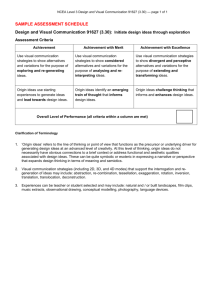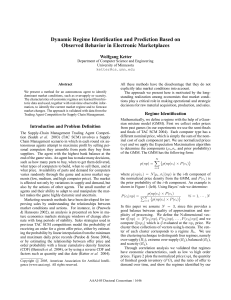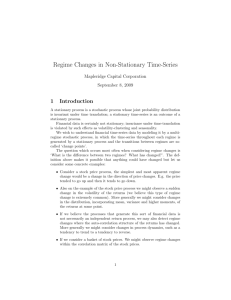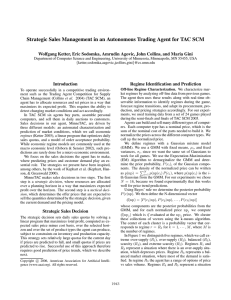Outline for Chapter - Laboratory of Tree
advertisement
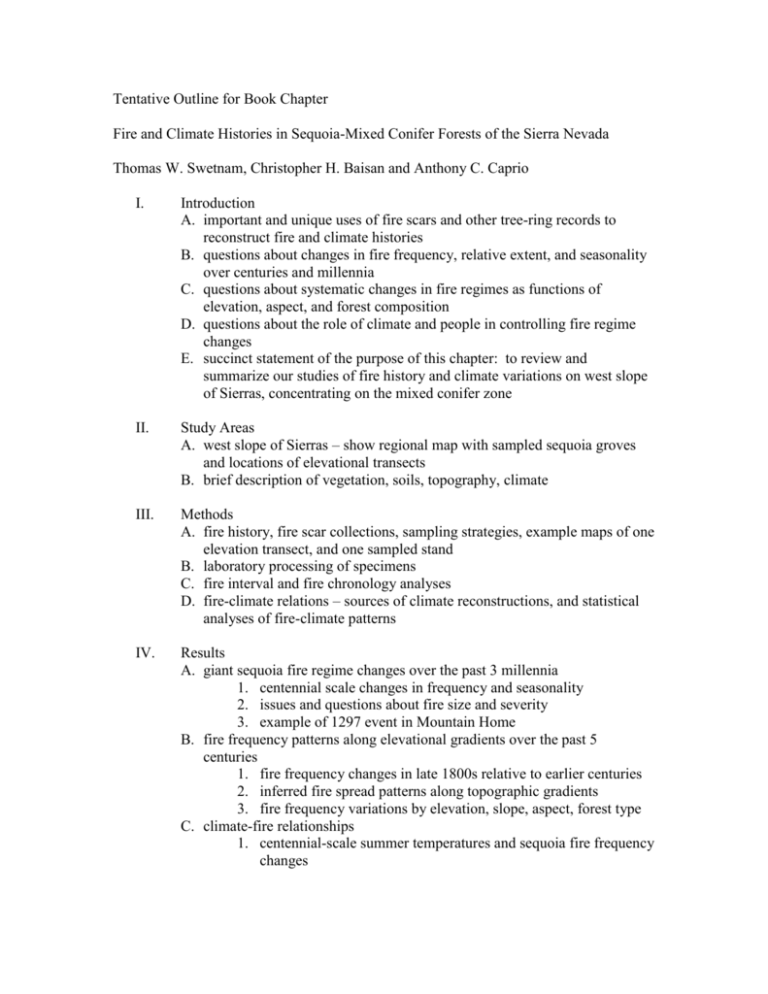
Tentative Outline for Book Chapter Fire and Climate Histories in Sequoia-Mixed Conifer Forests of the Sierra Nevada Thomas W. Swetnam, Christopher H. Baisan and Anthony C. Caprio I. Introduction A. important and unique uses of fire scars and other tree-ring records to reconstruct fire and climate histories B. questions about changes in fire frequency, relative extent, and seasonality over centuries and millennia C. questions about systematic changes in fire regimes as functions of elevation, aspect, and forest composition D. questions about the role of climate and people in controlling fire regime changes E. succinct statement of the purpose of this chapter: to review and summarize our studies of fire history and climate variations on west slope of Sierras, concentrating on the mixed conifer zone II. Study Areas A. west slope of Sierras – show regional map with sampled sequoia groves and locations of elevational transects B. brief description of vegetation, soils, topography, climate III. Methods A. fire history, fire scar collections, sampling strategies, example maps of one elevation transect, and one sampled stand B. laboratory processing of specimens C. fire interval and fire chronology analyses D. fire-climate relations – sources of climate reconstructions, and statistical analyses of fire-climate patterns IV. Results A. giant sequoia fire regime changes over the past 3 millennia 1. centennial scale changes in frequency and seasonality 2. issues and questions about fire size and severity 3. example of 1297 event in Mountain Home B. fire frequency patterns along elevational gradients over the past 5 centuries 1. fire frequency changes in late 1800s relative to earlier centuries 2. inferred fire spread patterns along topographic gradients 3. fire frequency variations by elevation, slope, aspect, forest type C. climate-fire relationships 1. centennial-scale summer temperatures and sequoia fire frequency changes 2. interannual precipitation patterns and fire occurrence/extensiveness – local to regional patterns 3. climate-fire relation differences due to fuels V. Discussion A. late 19th and 20th century fire regime changes and probable causes 1. land use history, livestock grazing, Native American extirpation and dislocation, fire suppression by govt. agencies 2. discussion of lightning versus humans as drivers of fire regime variations -- uncertainties B. discussion of topographic and species composition/fuels controls over of fire regime variations 1. systematic patterns are evident – e.g., relation of elevation and frequency 2. acknowledge problems of lack of full range of slopes and aspects, other potential sampling biases C. climate-fire relations 1. frequency dependent responses of fire to temperature versus precipitation 2. importance of lagging relations, and local versus regional patterns 3. implications of modern climate change VI. Conclusions and Management Implications 1. emphasize importance of understanding how fire regimes varied across the landscape, and how controlled by endogenous factors (e.g., topography, fuel dynamics, etc.) versus exogenous factors (e.g., climate variations and people) at local to regional scales 2. implications of climate changes for future fire regimes and reintroduction/restoration of fire and forest structures





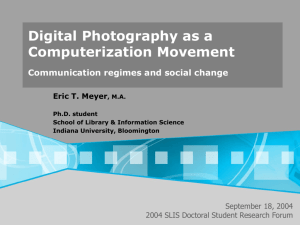
![Understanding barriers to transition in the MLP [PPT 1.19MB]](http://s2.studylib.net/store/data/005544558_1-6334f4f216c9ca191524b6f6ed43b6e2-300x300.png)
